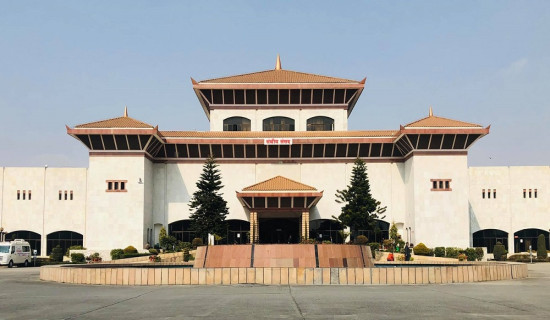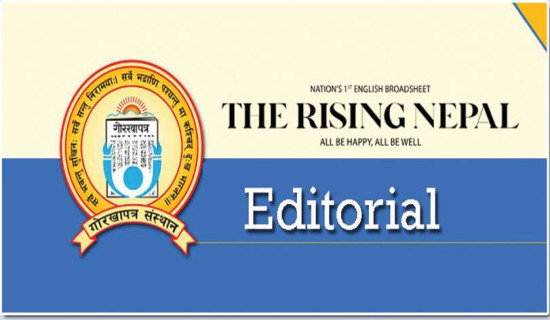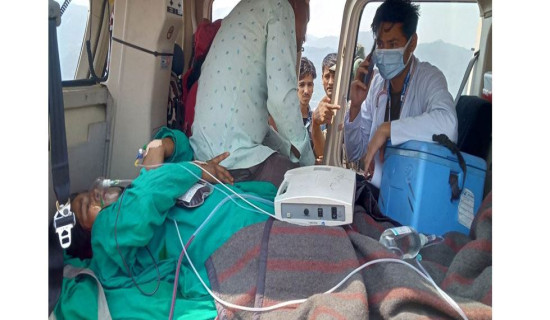- Monday, 18 August 2025
Stop Glorifying Trauma
Over the past few years, the discussion of mental health has cluttered social media platforms such as Instagram, TikTok, and X. On the surface, this appears to be a good change of direction, a new digital movement against the stigma that used to bind mental health discussions. But even behind the latter superficial layer of consciousness, there is something more sinister: the glorification of trauma.
Whether in the form of sad TikTok videos accompanied by spooky piano music, reels labelled with #brokenbutbeautiful or #myanxietyisprettierthanyours, trauma now exists in one of the most aesthetically perilous areas of our online existence. Torment has become stylised. The repetitive pain is filtered and softened, sad quotes are covered by pastel colour plates, and existential dread can be made into a meme. Although they have a good intention, this is something that has a thin line between being aware of the evil and being dismissive of the suffering.
This is especially alarming among the youth. The age between adolescents and young adults becomes a stage of psychological formation, when their image and perception of the world are not yet formed. Constant pursuit of traumatic stylisation may confuse natural mental disorders and curated sadness. It promotes self-diagnosis based on one or more symptoms observed in a video, or even worse, it causes people to stratify themselves through the lens of their pain.
Through the content they consume that constantly romanticises suffering or describes pain as poetic, young people can begin to believe that being broken is or ought to be a natural and perhaps even a good thing. This brings about the wrong kind of thinking that health is no longer the target, but to stay in pain is their own image. Rather than struggle with trauma, they can learn to sit with it, but not as part of a process of healing, but as though it is the only acceptable version of their self.
Romanced representation of mental health may give a skewed perception that it is less real to seek help. The material lacks the most important message that healing can and should take place. This does not encourage people to consult therapists, counsellors, or their friends and relatives. What is the use of therapeutic sessions when all people are already broken and traumas are common traits of human beings?
Trauma is a trend and it may foster a perverse form of comparison. Individuals start gauging the intensity of their predicaments with others across the internet. Who is depressed more? Which one has the greatest anxiety? This unhealthy competition is denying the individuality of these mental experiences and discounting hypervisible people who do not necessarily look broken. On social media, the more pain you show, the more validation and attention you can gain - this creates an incentive for the idea that pain is rewarded.
Openness is a source of power, and mental health has become more visible than ever courtesy of the internet. Invisibility is better. Visibility without responsibility means more harm than good. We should not forget that trauma is not a hot trend. It is not an aesthetic. And it is by no means the requirement of depth or creativity, and being real. Trauma is valid to be romanticised in the moment, but in order to grow, we must heal; however structured or unstructured the process may be. No, scars are not pretty, but they are our own, a part of us and hence decorated with beauty. Let us not equate scars with art and pain with personality.







-square-thumb.jpg)








-original-thumb.jpg)